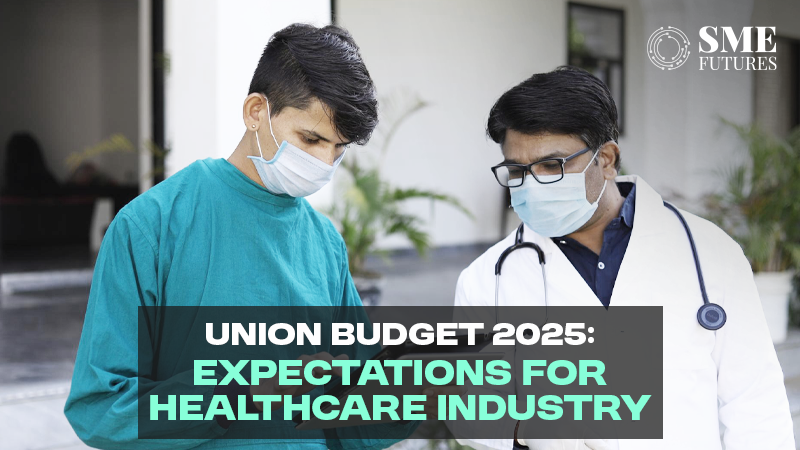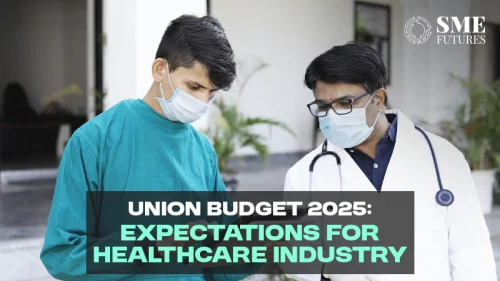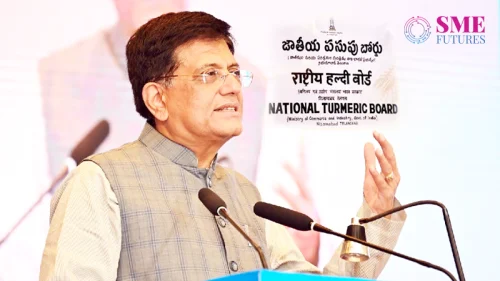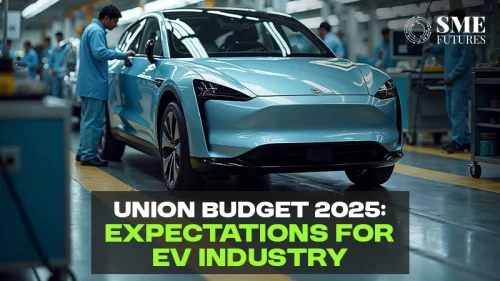Healthcare budget expectations: On February 1, Finance Minister Nirmala Sitharaman will present the Union Budget 2025 in Lok Sabha. Expectations are soaring within the healthcare and pharma sectors, as industry leaders look for transformative policies to drive innovation, strengthen infrastructure, and enhance affordability.
India has laid a strong foundation for the healthcare and pharmaceutical industries over the years. Initiatives such as the Production Linked Incentive (PLI) schemes and a renewed focus on research and development (R&D) have helped the country make significant progress. However, with the ambition of becoming a $130 billion pharma market by 2030, the industry seeks further policy enhancements.
Bolstering research and development
Garima Malhotra, Associate Partner at Praxis Global Alliance, emphasised the need to prioritise R&D investments in the pharma sector. “This year’s expectations revolve around incentivising research, streamlining taxation frameworks, and fostering regulatory ease to bolster the sector’s growth and resilience in an evolving global landscape,” she says.
Malhotra pointed to the critical need for increased funding into drug development parks and research institutes. “We expect the government to introduce additional tax deductions, such as 1.25x for expenditures on training and skill development initiatives,” she adds.
Meanwhile, speaking on the healthcare sector she emphasised that while last year’s budget saw a significant increase in healthcare spending, the sector is hoping for continued momentum towards the National Health Policy’s ambitious goal of allocating 2.5 per cent of GDP to healthcare.
“The budget is expected to allocate increased funding for nationwide screening programs, wellness initiatives, public health awareness campaigns, and mental health programs. This will not only reduce the burden of chronic diseases but also create opportunities for hospitals and diagnostic centers to engage in early detection and intervention,” she adds.
Also Read: What EV industry needs from Union Budget 2025
A bigger budget for healthcare
The stakeholders expect a bigger allocation for the healthcare sector to the tune of 2.5-3 per cent. Gautam Khanna, CEO of P D Hinduja Hospital & Medical Research Centre anticipates the same.
“This would help in addressing the country’s growing healthcare needs and improve access to quality care. It will boost infrastructure development, especially in Tier 2 and 3 cities, strengthen primary care through expanded Public Health Centres, encourage public-private partnerships, and support medical education expansion to address shortages of medical professionals and nurses. The budget should also address the acute shortage of healthcare professionals through increased funding for medical education infrastructure and skill development programs,” he says.
Strategic financing and infrastructure expansion
The healthcare industry is also calling for innovative financing solutions. Long-term loans with extended repayment periods, tax incentives for hospital construction, and dedicated innovation zones are key demands.
Khanna weighing in says, “Affordable credit reduces financial strain on providers, enabling investments in facilities, equipment, and training. Long-term credit of 15-20 years with lower interest rates and reduced collateral requirements is essential to address bottlenecks.”
Additionally, expanding infrastructure in Tier 2 and Tier 3 cities is vital. “This would boost primary care through expanded Public Health Centres, encourage public-private partnerships, and address shortages of medical professionals,” Khanna notes.
Digital transformation in healthcare
Digital health solutions are poised to revolutionise the sector. The upcoming budget is expected to focus on telemedicine, AI-driven diagnostics, and electronic health records to enable remote consultations and faster, more accurate diagnoses. “These technological interventions are crucial for bridging the urban-rural healthcare divide and optimising our limited resources,” Malhotra emphasises.
Incentives for private players to adopt digital tools and robust investments in digital infrastructure are essential for widespread implementation.
Addressing mental health challenges
Mental health remains an underfunded area in India’s healthcare landscape. According to a recent report by Deloitte India, poor mental health in employees is causing Indian companies a loss of over $14 Billion (INR 1,19,000 crores) annually.
On the other hand, the Union Budget for 2024-25 allocated approximately ₹90,659 crore to the healthcare sector, a modest increase of 2 per cent from the previous fiscal year. However, only about 1% of this allocation is dedicated to mental health initiatives, with ₹850 crore for the National Institute of Mental Health and Neurosciences (NIMHANS), ₹60 crore for the Lokopriya Gopinath Bordoloi Regional Institute of Mental Health, and ₹90 crore for the National Tele-Mental Health Programme (TELE Manas).
Tarun Gupta, Co-Founder of Lissun, highlights the urgent need for increased funding and awareness. “We hope for increased funding in awareness, accessibility, and affordability, alongside integrating mental health into primary healthcare,” he says.
According to him, key priorities include insurance coverage for mental health, enhanced research funding, and a national mental health database. “We emphasise increased support for early intervention programs for children with autism and neurodevelopmental challenges and expanding university courses to produce more qualified therapists. Additionally, incorporating mental health education into schools and workplace wellness programs is crucial,” he adds.
Manun Thakur, Founder & CEO of Veda Rehabilitation and Wellness, points out the economic impact of poor mental health. “There remains a significant need for increased funding and awareness, particularly concerning postpartum depression. Approximately 22 per cent of new mothers in India experience postpartum depression, yet many remain unaware of their condition. Investing in mental health is crucial for enhancing productivity and overall happiness. The budget must allocate more resources to initiatives such as the National Tele-Mental Health Programme,” he says.
Enhancing affordability and accessibility
Reducing import duties on life-saving drugs and medical equipment is another priority. Munira Loliwala, VP-Strategy and Growth at TeamLease Digital, suggested expanding import duty exemptions for oncology treatments and life-saving drugs. “A unified GST framework and increased public health spending to 2.5% of GDP by 2025 would significantly improve affordability,” she adds.
Expanding the Ayushman Bharat scheme to cover more beneficiaries and increasing insurance coverage limits for complex procedures are also on the industry’s wish list. “Tax incentives for private insurance adoption, particularly targeting the middle class, could revolutionise healthcare financing,” Khanna asserts.
Focus on preventive care
The shift from curative to preventive healthcare could redefine India’s approach to public health. The industry expects significant allocations for nationwide screening programmes and wellness initiatives. “This will reduce the burden of chronic diseases and create opportunities for early detection and intervention,” Malhotra notes.
Driving innovation in medtech
The MedTech sector, a critical enabler of quality healthcare, also seeks attention in the budget. Reducing import duties, incentivising domestic manufacturing, and promoting R&D will be essential to foster innovation and improve access to medical technology.
Surjeet Thakur, Founder & CEO of TrioTree Technologies, also emphasised fostering indigenous medical research. “India’s leadership during the COVID-19 pandemic demonstrated its potential. Incentives for private players and public-sector funding are crucial to reducing our reliance on international resources,” he says.
Holistic growth for healthier India
The Union Budget 2025 has the potential to be a turning point for India’s healthcare and pharma industries. By addressing the persistent gaps in infrastructure, workforce, and innovation, and focusing on affordability and accessibility, the government can lay the groundwork for a healthier and more prosperous nation.
“Rationalised policies and support will transform healthcare, ensuring affordable and accessible quality care nationwide,” Khanna concludes.











